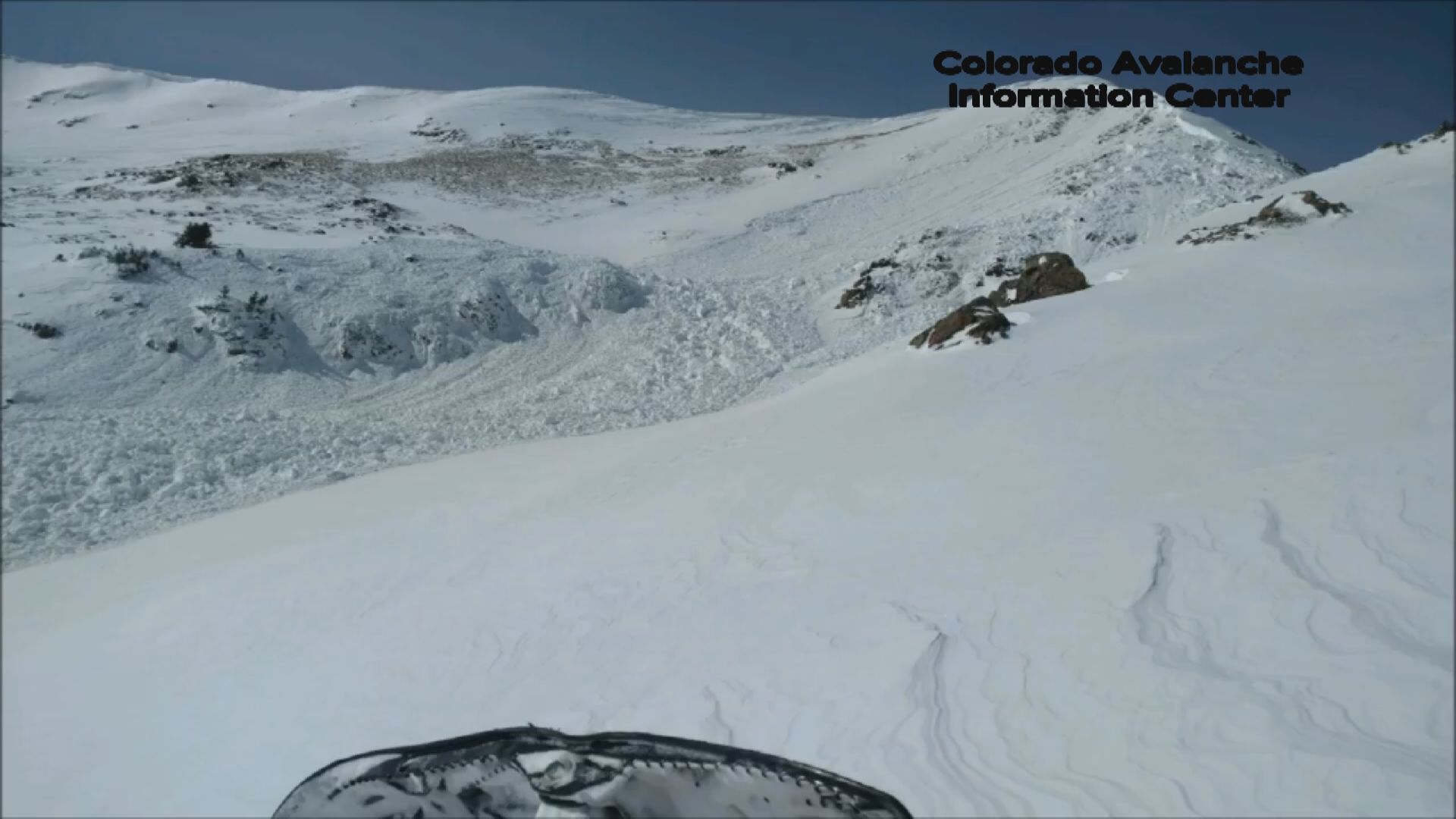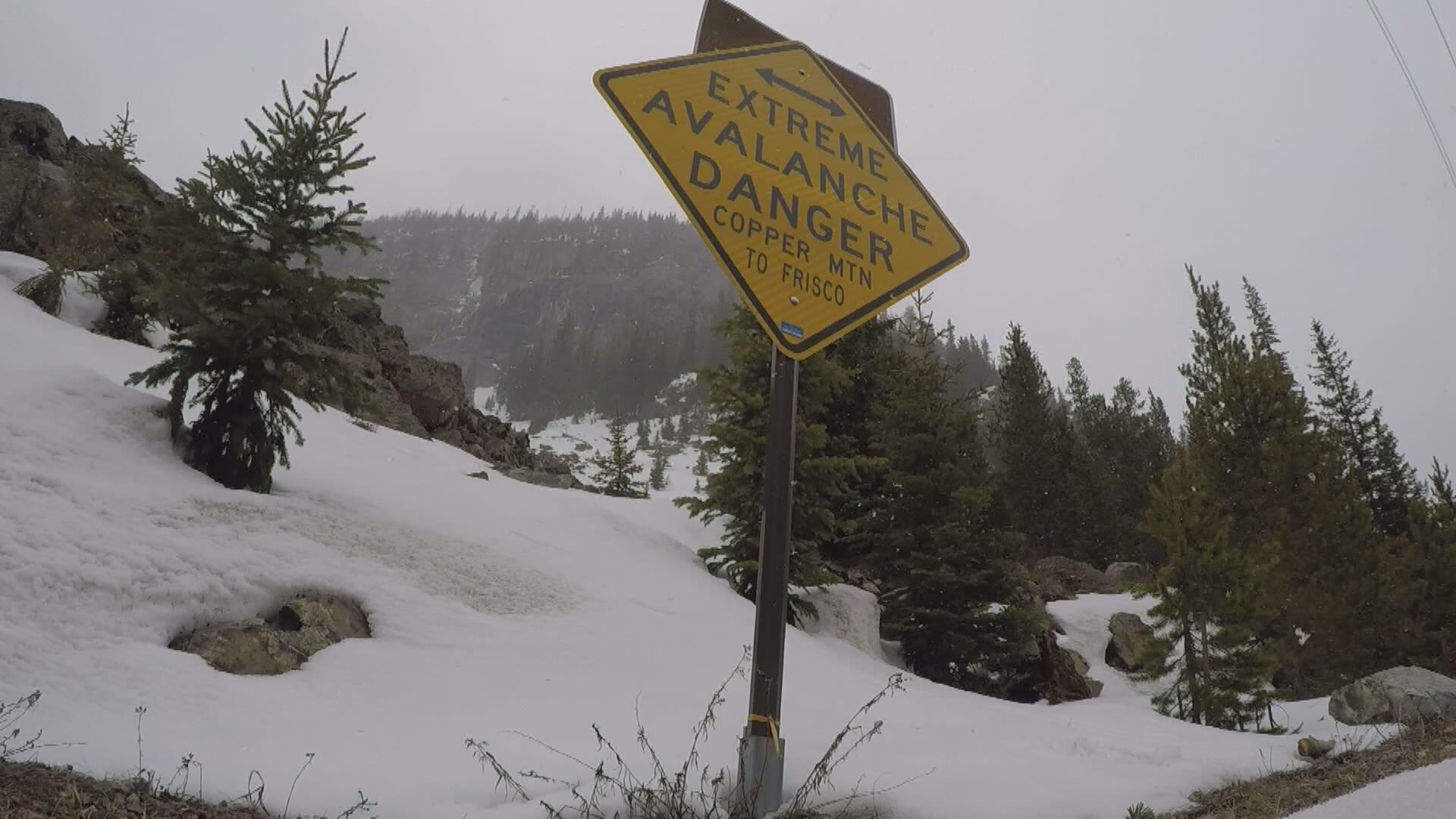The state of Colorado will see increased avalanche danger in the High Country after the state’s next winter storm rolls through.
In Denver, snow totals by Wednesday morning could reach six inches.
In the mountains, some areas could see snow totals up to two feet.
The Colorado Avalanche Information Center currently rates parts of the state at a moderate risk, forecasting areas in the central mountains to reach considerable status by Sunday.
According to world renowned avalanche expert Dale Atkins of Boulder, the avalanche risk levels can be misleading.
Currently, avalanche probability is rated on a scale from one to five, with moderate risk coming in at a two, and a considerable risk coming in at three.
Atkins says considerable may not seem daunting, but it can be lethal as the scale increases exponentially.
Atkins likened a one on the avalanche scale to running across two lanes of traffic, a two on the scale as running across four lanes, a three as eight lanes, four as 16 lanes, and a five as running across 36 lanes of traffic.

What makes Colorado’s current avalanche risk so threatening is its classification as a deep persistent slab avalanche.
Atkins says deep persistent slab means snow can look sturdy as upper, and even middle layers of snow won’t show signs of cracking, but it has a weak base due to our winter’s slow start.
The CAIC says we would need to go back to the winter of 2013-2014 to see the last deep persistent slab threat of this magnitude.
In that winter, eight people died in avalanches in Colorado.
The CAIC suggests avoiding being on or underneath slopes of 30 degrees or more, especially where there are at least six fresh inches of snow.


